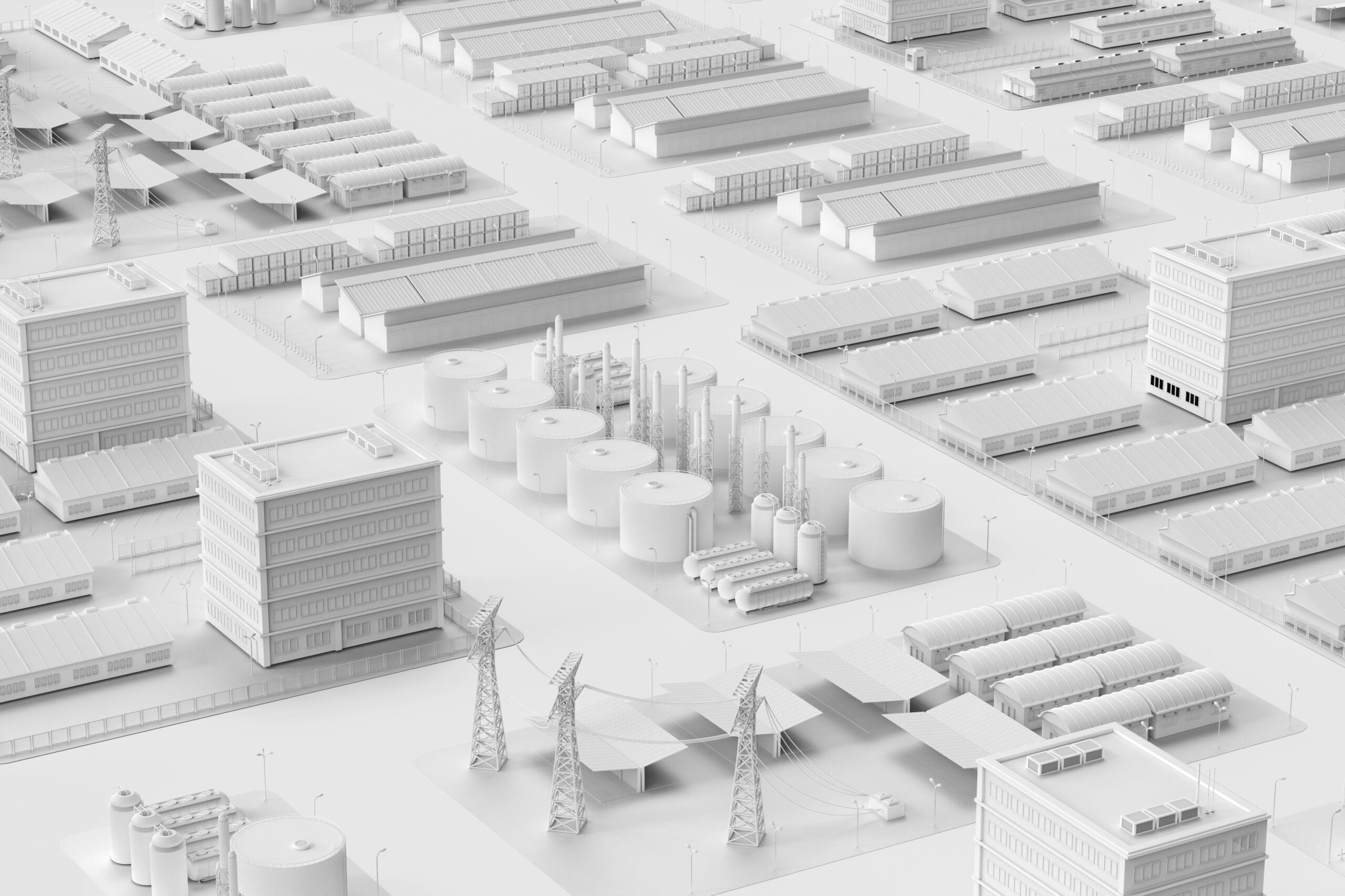Utilities today continue to implement environmental, social, and governance (ESG) business practices to help preserve the environment, improve working conditions, and safely deliver energy to the communities they serve. While ESG continues to be a guiding force for the industry, adhering to ESG principles takes thoughtful strategic planning and the right investments in tools and technologies.
By all measures, advances in GIS mapping technologies are helping utilities fulfill their responsibilities as stewards of the environment. Here are four ways GIS frameworks can help utilities optimize their field operations to advance their ESG vision and deliver safer, more sustainable environmental outcomes as a result.
1. Supporting the Prevention of Wildfires
One of the most impactful ways GIS technologies improve ESG outcomes is in the fight against wildfires and other impacts of climate change. The ability to digitally map the terrain across service areas at a granular level allows utility companies to better track vegetation growth patterns – and determine which wooded areas pose the greatest fire danger going forward. With this real-time field data in hand, utility companies can proactively address potential trouble spots before they escalate and manage vegetation in ways that minimize environmental risks.
2. Going Paperless
Traditionally, field data collection has been a paper-intensive process, requiring crews to fill out hard-copy forms, take notes manually, and draw their own illustrations and schematics to record the condition of infrastructure assets. With an advanced GIS mapping technology implemented in a field service management platform, utility companies can instead fully digitize data collection, allowing field crews to capture, record, and disseminate the field data they collect using just their smartphones.
The most sophisticated platforms on the market today come with a highly intuitive mobile app that field workers can easily download and operate, online or off, from any mobile device they use on the job. Not only does this technology eliminate the volumes of paper once generated by the industry, but it also facilitates faster, clearer communication between field crews, internal employees, and customers, for better response times to service requests and improved infrastructure performance overall.
Contact an Epoch Sales Consultant today ⟶
3. Reducing Energy Consumption
GIS mapping technology is proving instrumental in helping utility companies prioritize the scheduling and deployment of crews and ensuring that their time and equipment are fully optimized. One of the most valuable benefits GIS technology offers utility companies today stems from their embedded route optimization tools.
These tools of productivity allow utility personnel to pinpoint the exact location of field crew members, equipment, and other resources, and automatically determine the most efficient route from their current location to the next deployment. As a result, crews can minimize their time in transit – and their fuel consumption – as they travel from place to place. In addition to reducing a utility’s energy usage, route optimization applications are yielding significant cost savings for customers across the region.
4. Safeguarding the Field Workforce
For many utilities, pipelines, powerlines, and other infrastructure assets span a highly diverse terrain, from complex urban settings to remote mountainous areas, swampland, deserts, and waterways. Inspecting, maintaining, and repairing utility assets often takes crews into dangerous, unfamiliar settings that can put their safety at risk.
GIS technologies help ensure safer working conditions for field crews by allowing utilities to quickly sift through the immense volumes of field data they collect and pass pertinent information on to crews, so they are aware of – and prepared to navigate – any hazardous conditions.
Once on site, field crews can send up-to-date data back to internal operations teams as well, information that can be stored, shared, and analyzed immediately for real-time actionable insights into the condition of infrastructure assets and their surrounding environment. Having this level of situational awareness helps utility companies quickly identify workplace hazards and make more informed, proactive decisions on how to address them.
The Benefits of a Platform-Level Solution
As a utility company executive, the technologies you implement today will have a significant impact on your company’s ability to operate sustainably in the future. To ensure that your utility continues to meet advancing environmental standards, deploy a comprehensive, platform-level field workforce management solution using GIS technology.
A feature-rich GIS mapping framework allows your utility company to easily collect, access, and share field data, seamlessly integrate your infrastructure assets, and enable the technological scale and extensibility needed to deploy future innovations.
To unlock all the benefits offered by GIS mapping technology, look for a field management solution that features a powerful, integrated scheduling engine designed to streamline and automate operational workflows. The platform you select should also feature a highly visual, interactive map-based interface that updates and displays real-time field data and allows internal teams to automatically initiate crew deployments with drag-and-drop simplicity.
With GIS mapping technology deployed as part of your field workforce management platform, all stakeholders, from your administrative teams to field crews deployed in the most remote locales, can better communicate and collaborate – and ultimately make more informed, data-driven decisions to ensure safer, more sustainable energy delivery.
Let us help you plan the next steps on your ESG journey. Contact us for a free demonstration of our EpochField platform utilizing GIS technology today.





